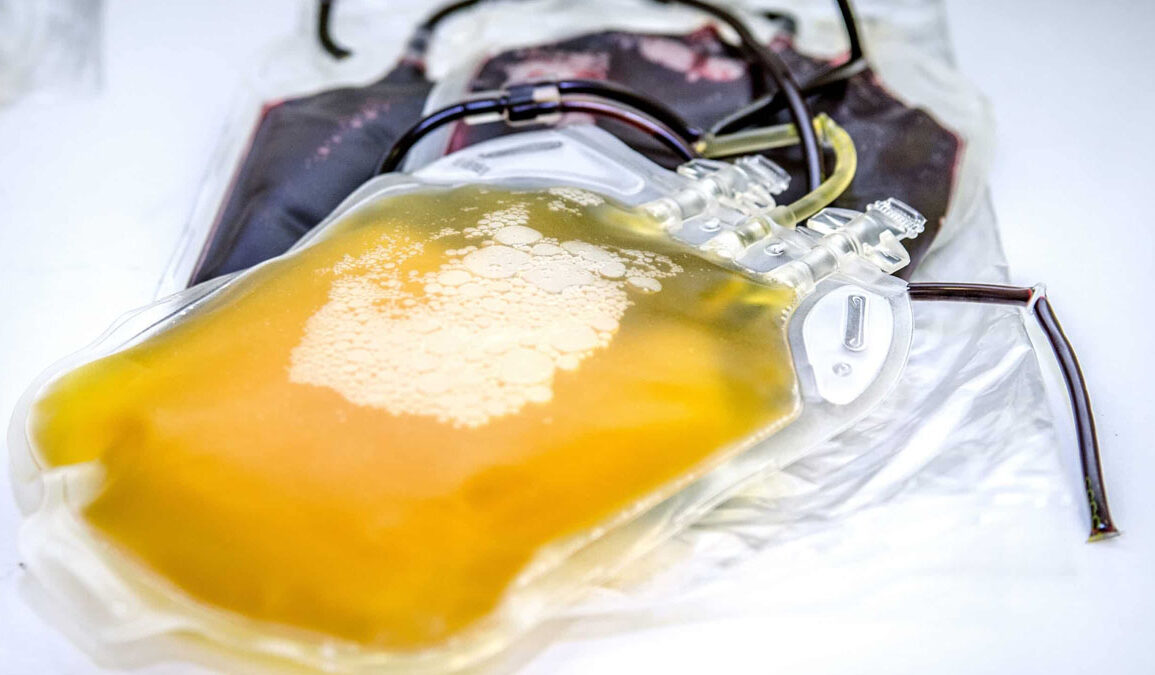Recent research from the University of California, Los Angeles (UCLA), has unveiled a groundbreaking discovery in anti-aging science: injecting aged rats with plasma from young pigs can reverse the biological aging of multiple organs, including the liver, heart, and brain. This study, published in GeroScience, also highlights improvements in cognitive function, reduced oxidative stress, and lower inflammation—two hallmarks of aging. As Steve Horvath, a prominent biogerontologist involved in the study, noted, “Initially, I could hardly believe the profound epigenetic rejuvenation effects… However, our findings are robustly supported by parallel rodent studies from different labs.”
The Method: Plasma Therapy from Young Pigs
The study utilized plasma—the liquid portion of blood—from young pigs and injected it into aged rats. Researchers employed six specialized biological clocks to measure the biological, rather than chronological, age of key organs, including the liver, heart, and brain. These clocks, developed using epigenetic biomarkers, allow scientists to measure the aging process at a molecular level.
Over a period of observation, the researchers tracked changes in biological age, organ function, and cognitive performance to assess the efficacy of the plasma treatment. Horvath’s renowned epigenetic clocks played a key role in demonstrating the significant age-reversal effects, with the researchers noting that the results were consistent across different biological clocks.
Results: Organ-by-Organ Rejuvenation
Liver:
The biological age of the liver was reduced by an astonishing 74.6%, showing significant rejuvenation at the cellular level. This suggests improved liver functionality and resilience against age-related diseases. The liver is one of the body’s most resilient organs, and such a dramatic reduction in biological age suggests wide-reaching benefits for metabolism and detoxification.
Heart:
The heart’s biological age was reduced by 46.5%, with notable improvements in cardiovascular biomarkers. These findings imply better heart efficiency and potentially lower risks of age-related cardiovascular diseases. As noted in the study, the improvement in heart health markers indicates better cardiac output and resistance to stress.
Brain:
The brain’s biological age decreased by 24.4%, accompanied by measurable improvements in cognitive function. Rats treated with pig plasma performed better in spatial learning and memory tests, such as the Barnes Maze Test. One month after treatment, the treated rats consistently found the escape hole faster than their untreated counterparts, demonstrating lasting improvements in cognitive performance.
As the researchers observed, “Shortly after treatment, both groups performed similarly. However, after a month, the treated rats showed significant cognitive improvements, taking less time to locate the escape hole.”
Cognitive and Functional Improvements
To validate cognitive benefits, treated and untreated rats underwent the Barnes Maze Test—a spatial memory task. Initially, both groups performed similarly. However, one month after treatment, the treated rats demonstrated significantly better performance, finding the escape route faster and more efficiently.
Additionally, markers of oxidative stress and inflammation were significantly reduced in the liver, heart, and brain of treated rats. These findings align with the broader theory that oxidative stress and chronic inflammation are central drivers of aging. As the researchers explained, “The reduction in inflammatory and oxidative stress markers suggests a systemic rejuvenating effect, which could explain the improved organ functionality across different systems.”
Potential Mechanisms Behind the Effects
While the exact mechanisms behind the rejuvenating effects of young pig plasma are still being explored, researchers hypothesize that certain proteins, growth factors, and other bioactive molecules present in young plasma play a role in tissue repair and cellular regeneration. These factors may counteract age-related damage and stimulate cellular pathways that maintain organ health.
Additionally, the reduction in oxidative stress and inflammation likely plays a key role in slowing down or reversing cellular damage. Chronic inflammation, often referred to as “inflammaging,” is a key driver of age-related diseases, and its reduction may contribute significantly to the observed rejuvenation effects.
What Needs to Happen for Human Application?
While these results are promising, translating animal research into human therapies requires overcoming several challenges:
- Regulatory Approval: Rigorous clinical trials must prove safety and efficacy in humans.
- Ethical Considerations: The use of animal-derived plasma in human therapies raises ethical and logistical concerns.
- Long-Term Safety: Prolonged studies are needed to monitor potential side effects and long-term outcomes.
Furthermore, researchers must identify the specific components in young pig plasma responsible for these anti-aging effects. Understanding these molecular mechanisms will allow scientists to develop targeted therapies that could potentially replicate the benefits without relying entirely on animal-derived products.
A Promising Frontier in Anti-Aging Medicine?
The UCLA study represents a major step forward in understanding how young plasma from pigs can reverse biological aging across multiple organs and improve cognitive function. While human application remains on the horizon, this research lays the foundation for future anti-aging therapies that could significantly extend healthspan and improve quality of life.
As Horvath summarized, “Our findings suggest a systemic rejuvenating effect from young pig plasma, addressing multiple hallmarks of aging simultaneously.”
HNZ Editor: Exosome treatments are available in clinics in the U.S. and around the world, but there are different varieties and qualities of exosomes, and duplicating this experiment in humans is expensive and will require some evolution. However, I would be surprised if it took more than 5 years to be available.








